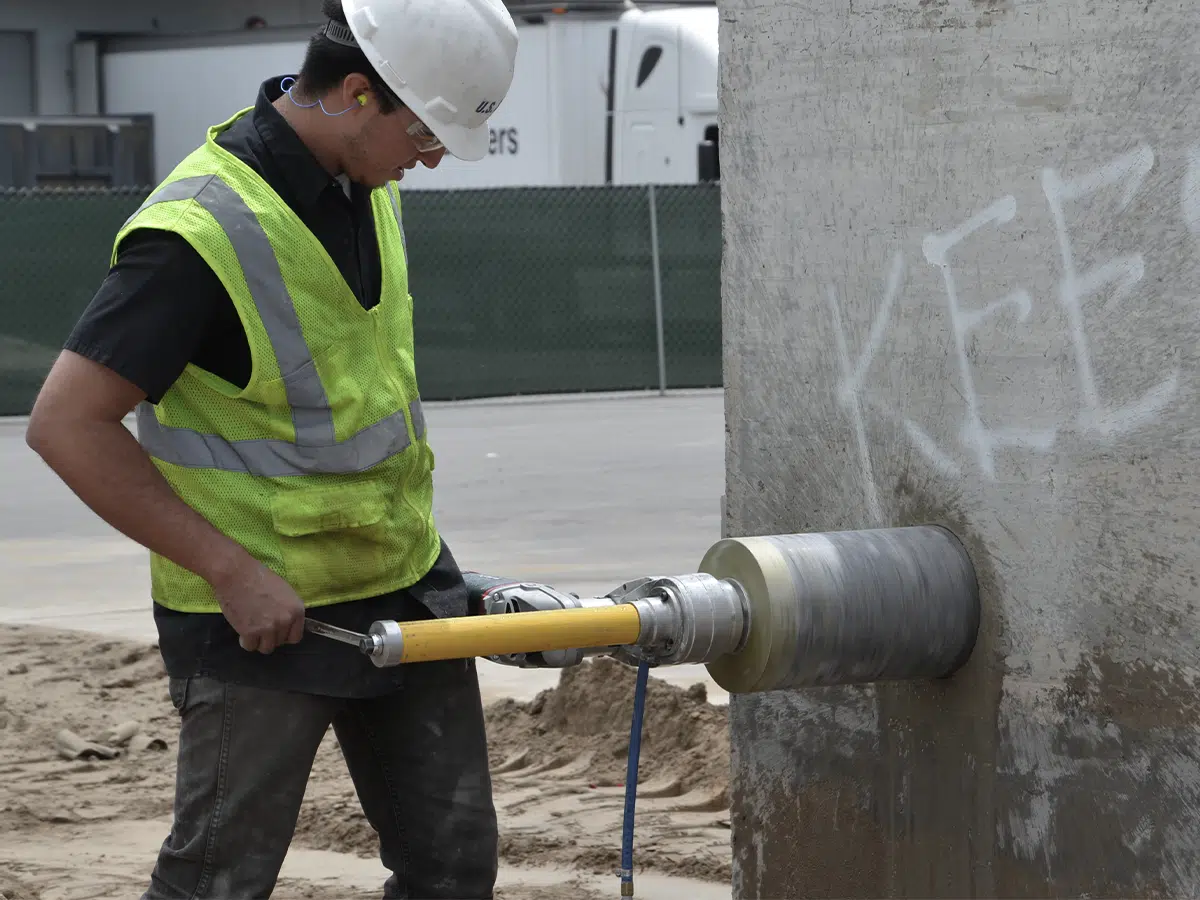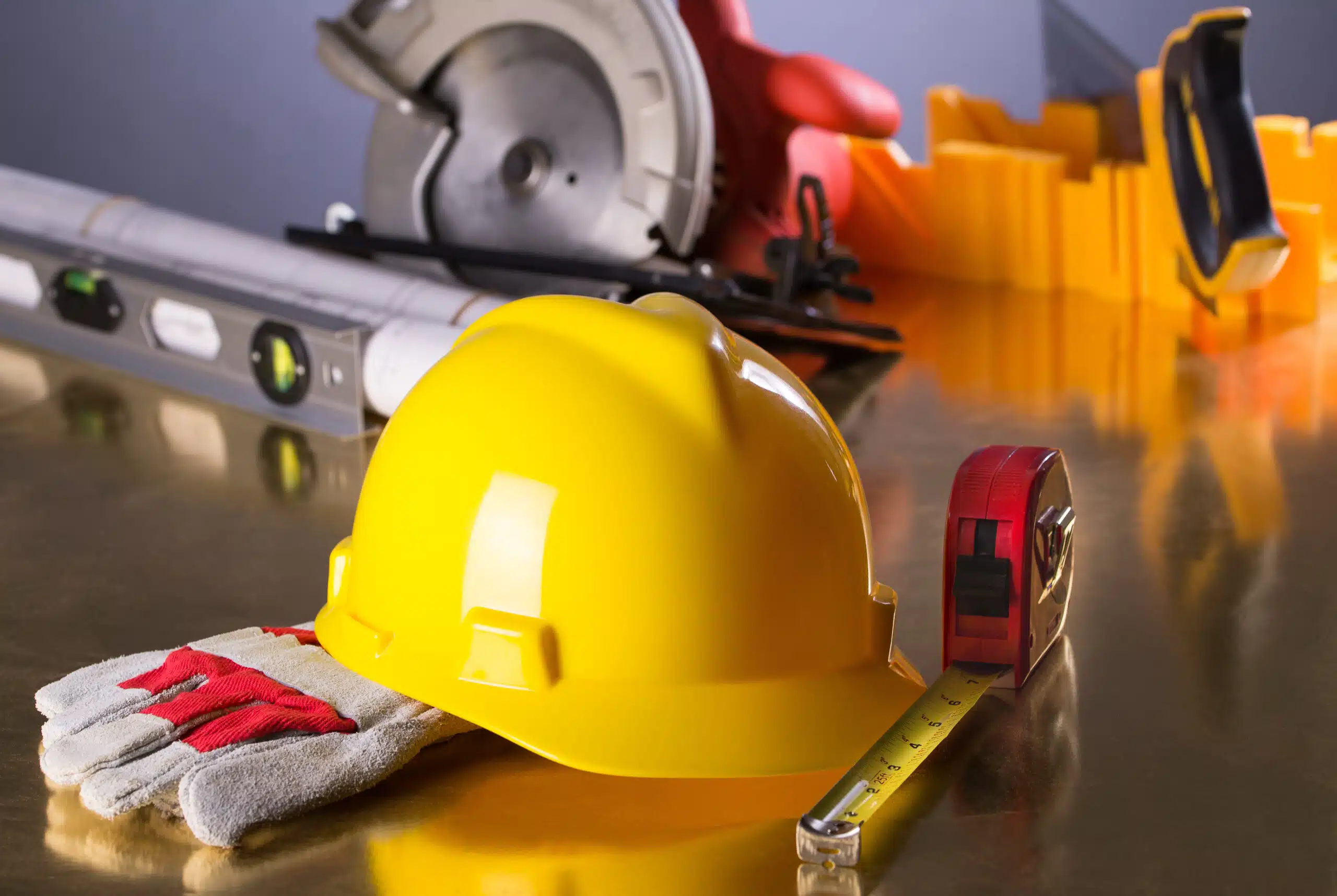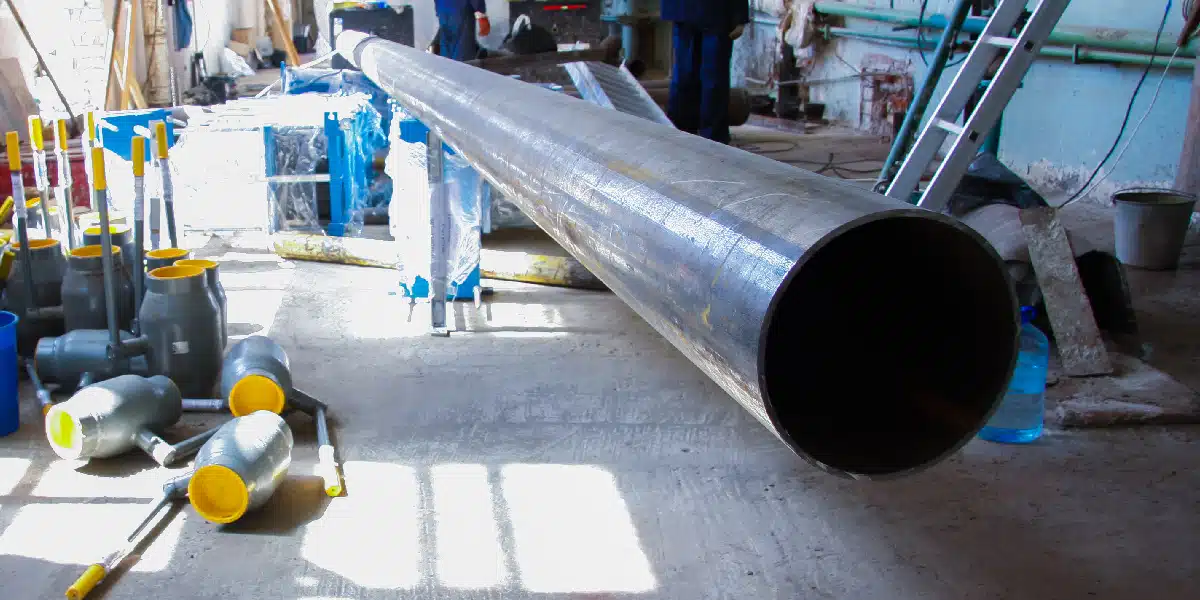Having the right tool for the job makes every contractor’s life easier. However, simply having the right tool on hand is not sufficient to guarantee a successful cut. In order to ensure you get the best possible cut on the first try, you’ll need to do more than “measure twice, cut once.” You will need to make sure all of the circumstances have been considered before any cuts are attempted in order to save time and money on the project.
Better Quality Cuts Save Downtime and Limit Overtime
In order to run a successful business, every contractor knows they need to provide professional service while keeping costs low. One fast way to raise costs at a job site is by making poor, imprecise cuts. When this happens, it is inevitable that downtime will increase, and overtime will be necessary, causing a job to run over both in schedule and in budget. Both of which are damaging to a contractor’s bottom line. While it may seem a small thing, one simple cut is not always simple. Therefore, it’s crucial to get it right the first time. Here are some tips to saving yourself the frustration and expense of a job full of bad cuts:
Get the Right Tools for the Job
In order to save time and money and ensure your job is completed on time and within budget constraints, have in your toolbox the necessary supplies for the job, including the right tools. Rakes and shovels are both tools that move dirt around, but nobody wants to dig a hole with a rake. The same is true with saws. There are a wide variety of saws on the market, each with a specific purpose. Have a clear idea of what the project will entail and make sure you know what cuts need to be made and under what conditions. This will determine whether wet cuts or dry cuts are needed and which saw will work best for the project. Other factors to consider when choosing the right saw for the job include the type of material being cut, the size of the material being cut, and the location of the material. Will there be electricity available? How much clearance space is needed? These are questions you should have answers to before any tool is chosen.
Get Familiar with the Tools
Train your employees on how to use the saws in your toolbox. Make sure they have a clear understanding of how to determine which saw is right for each potential scenario. Allow them to practice with the saws prior to using them on a jobsite. This will reduce the number of cuts made and ensure precision in your cuts.
Clean the Area
Make sure the area you need to cut is free from dirt and debris. Dirt and debris can not only cause mechanical issues with the saw, but will also cause faster wear on the saw blades and opens up the potential for injury to the worker using the saw. A clean area makes working easier, moving tools around fast and simple, and creates conditions where good cuts can occur the first time.
Measure and Mark Cuts
Once a cut is made, there is no going back. Before any cuts are made make sure you’ve taken proper measurements and all cuts needed are clearly marked. Prior to making the cut, use a measuring tape and a straight edge to mark a clear-cut line on the material. This helps ensure that any cuts are accurate and straight.
Secure the Material
One way to ruin a precision cut is to have the material shift when you initiate the cut. By making sure the material you are cutting is firmly secured in place, you will prevent the material from moving during the cut, helping you do it right the first time.
Take Your Time
Don’t rush! Rushing through the process sets you up for disaster. In order to ensure your cuts are precise the first time, slow down, ensure everything is marked properly, and move slowly with the saw. Cutting at a steady pace will make your cuts more accurate.
Use Proper Safety Gear
Nothing gets in the way of precision cutting like losing a digit. Safeguard yourself and your workers from injury by providing the necessary safety gear. Cutting materials can cause flying debris which can potentially be lodged in someone’s eye. Safety goggles are a must for any crew working with saws. Heavy duty gloves and boots are also essential as they protect fingers and toes from saw blades. Masks are also a good idea to reduce inhalation of exhaust or fumes from saws and to reduce the amount of inhaled silica from the material being cut.
Cut Down the Number of Blade Uses
Excessive use of saw blades wears them down faster. Besides labor, supplies are the largest cost facing a contractor. Protecting your equipment from excessive or overuse is a smart way to save money. By increasing the efficiency and precision of your cuts, you are able to protect your saws from overuse. Other ways to reduce the number of times a blade is used and to ensure accurate cuts the first time include:
Using the Right Blade
No single saw is optimal for every situation, and that is the same for saw blades. Some saw blades are great for dry cutting while others require the application of water to reduce heat and friction. Different blades are designed for different materials. Ensuring the use of the appropriate blade for the material being cut will help preserve the longevity of your saw blades.
Keep the Blades Clean
Debris can accumulate on saw blades. Sawdust, resin and other materials will cause blades to dull faster. By keeping the blades in good condition and cleaning them in between each use, your sawblades will continue to make accurate cuts for a longer period of time.
Proper Use of the Blade
Those pamphlets that come with your saws and blades indicating the manufacturer’s recommendations for use are vital to the longevity of your blades. Make sure to read the recommendations carefully and adhere to them. Reputable manufacturers are not out to steal your money. They pride themselves on creating long-lasting tools. Follow their recommendations and save money in the long run.
Use the Right Cutting Techniques
Not all materials are created equally. In order to protect your blades during the cutting process, have a fair understanding of the material being cut and how it reacts when cut. Ensure the material is properly stabilized and ready for contact with the saw. This will keep your blade from getting duller faster.
Maintain Equipment for Higher Performance
Success in the current job actually begins at the end of the last one. All equipment should be cleaned and kept in good working condition. The small amount of time you save not ensuring the tools are in the best shape possible will be spent many times over in future jobs, or in extra money spent when the lifespan of your tools is shortened. Poor maintenance leads to poor cuts, so make sure the tools are put away in the same shape they were in when taken out. Proper maintenance habits save, money, and helps ensure good cuts the first time.
FAQs
- My crew keeps messing up their cuts. How can I make sure the get it right the first time? The first step is to ensure your workers have the right tools available for the specific job. Next, make sure those same workers are experienced with those tools. Allow them to practice with the tools prior to cutting anything. This will ensure any cuts made are right the first time.
- Supplies and labor costs are putting me in the red. How can I save money on the job? Eliminate downtime and the need for overtime. Make sure you follow the suggestions above for ensuring accurate cuts each and every time. Also, make sure your crew is protected by having necessary safety equipment on hand at all times. This will ensure no employees are injured on the job, reducing insurance premiums and not forcing other workers into overtime to cover a missing employee.
- What can I do to ensure my equipment lasts? Saws and saw blades can be expensive and frustrating to replace. The best way to preserve the longevity of your equipment is through proper use and maintenance. Following the manufacturer’s recommendations for use, cleaning your equipment after each use, and using the right saw and blade for the correct scenarios will help reduce wear and tear on your equipment, saving your business money in the long run.
U.S. SAWS has decades of experience in the construction industry and is a leader in manufacturing powerful tools to get a wide variety of jobs accomplished timely and with precision. We’re the experts in helping you find the right tools for your job, with the correct blades, and the right advantages specific to your needs. Whatever your job entails, U.S.SAWS can help you find long-lasting equipment that will make the work easier for you and your crew. Save time and money, and keep those projects coming!
We’re here to help guide you toward the right tool for your job. Contact us today to discuss what cutting tools you need in your toolbox!



